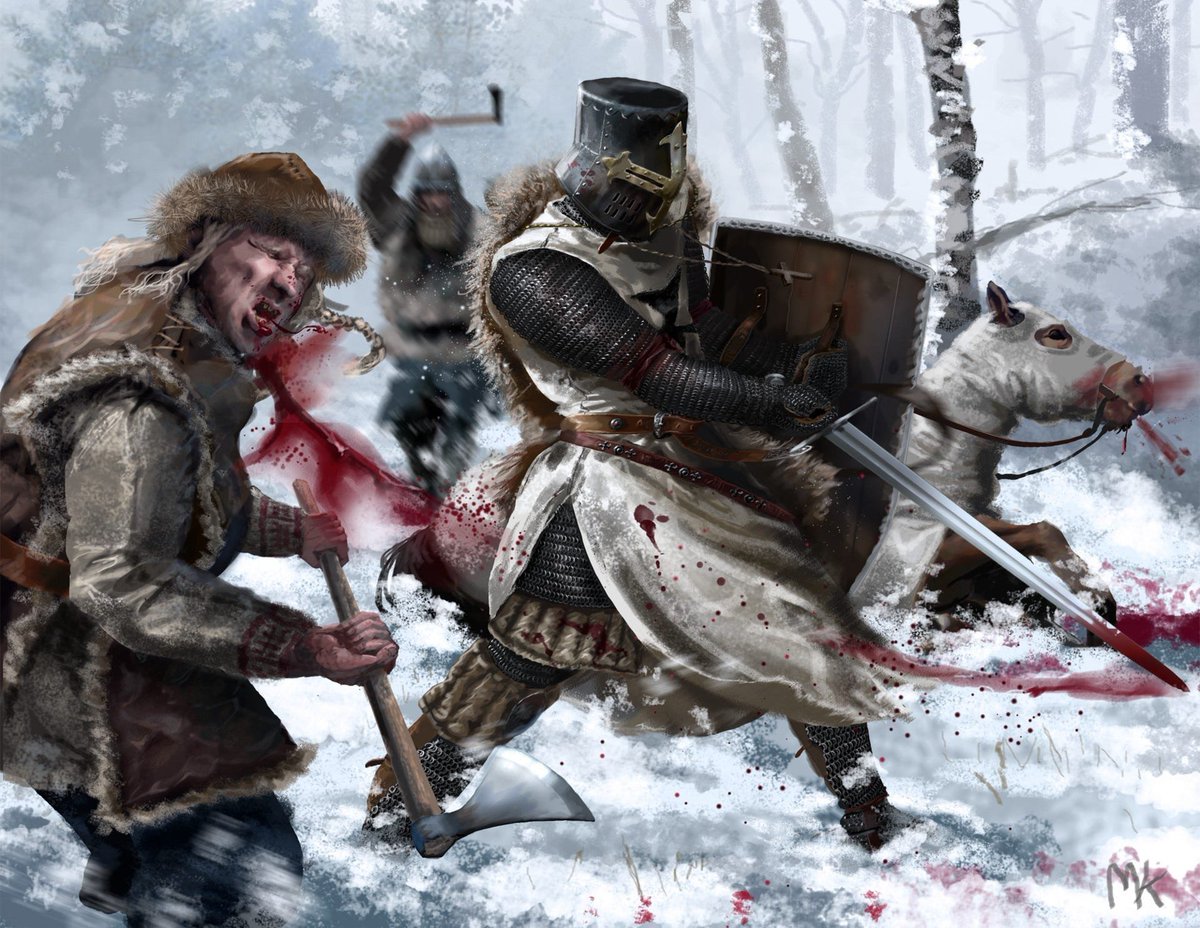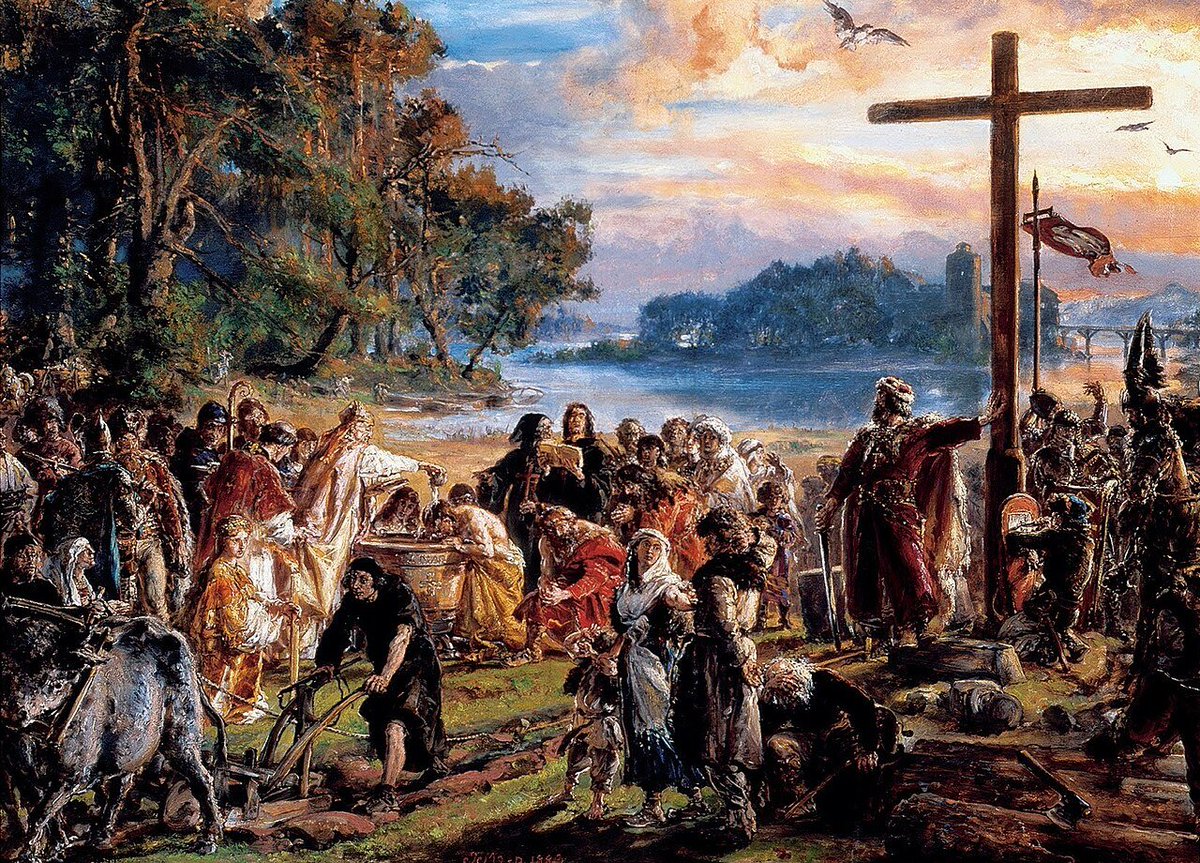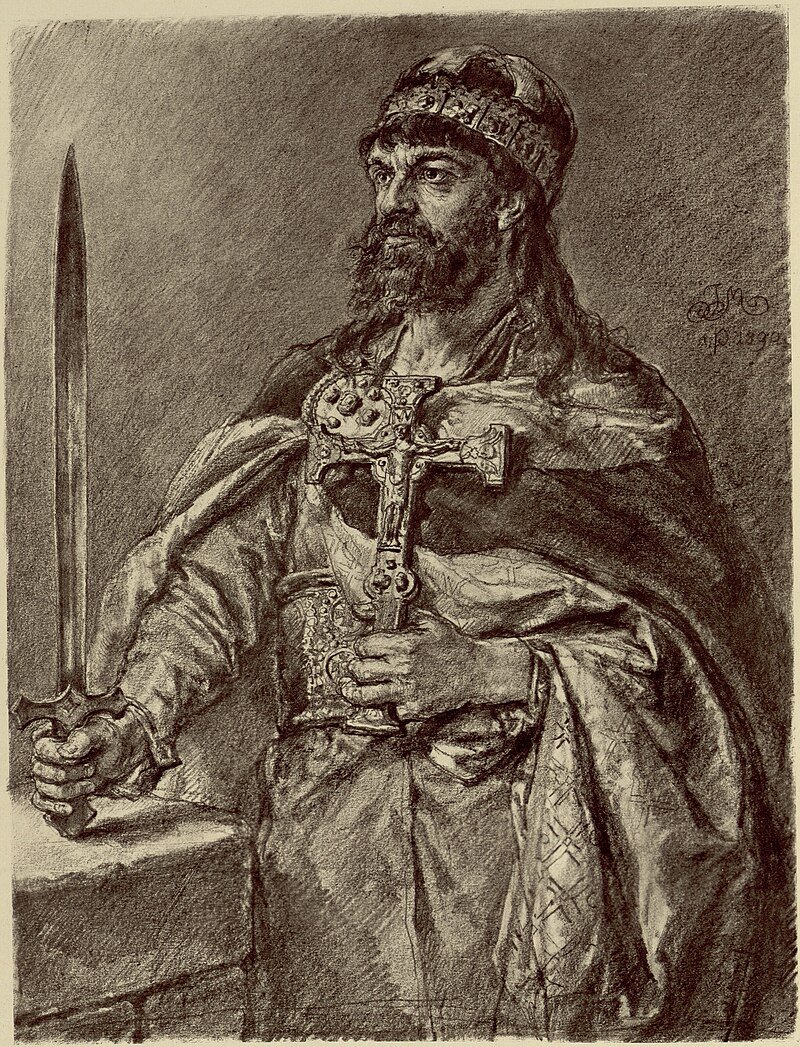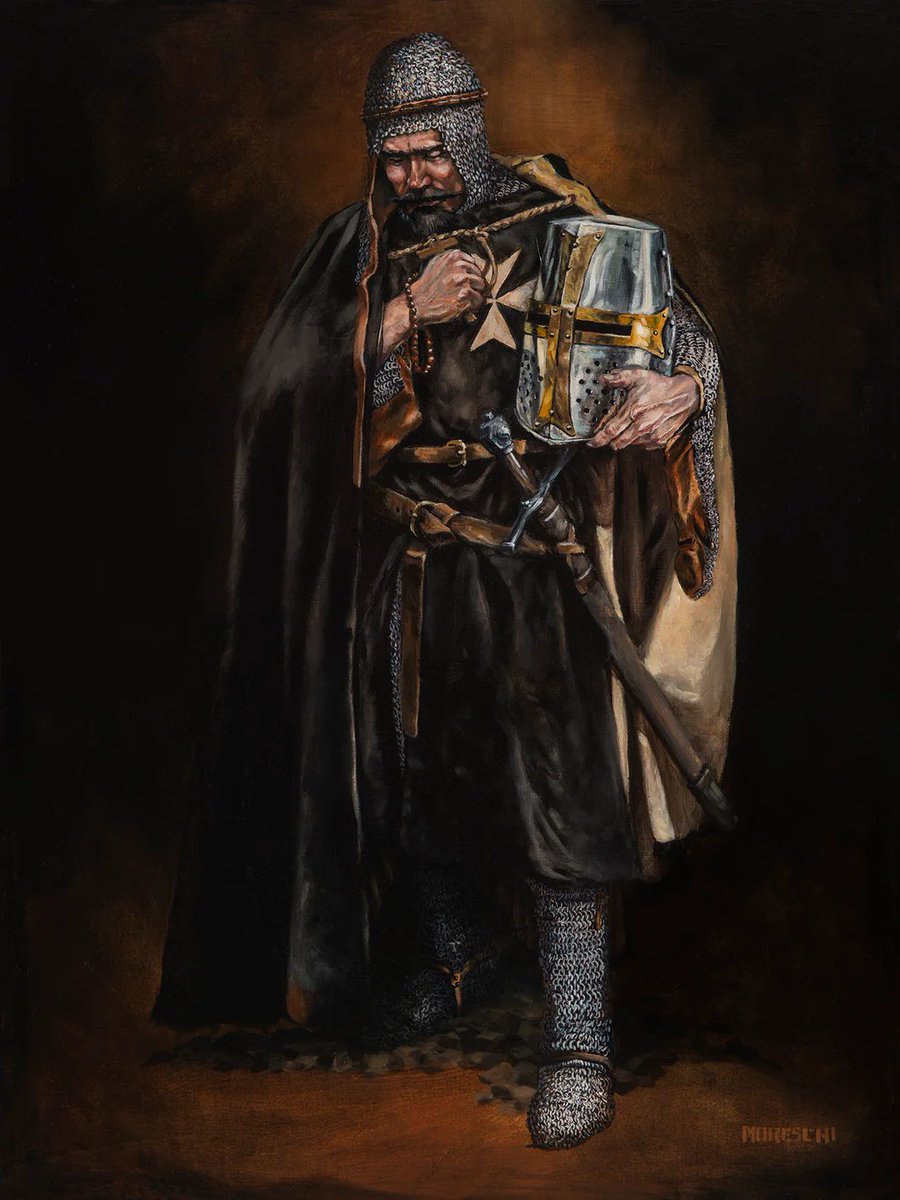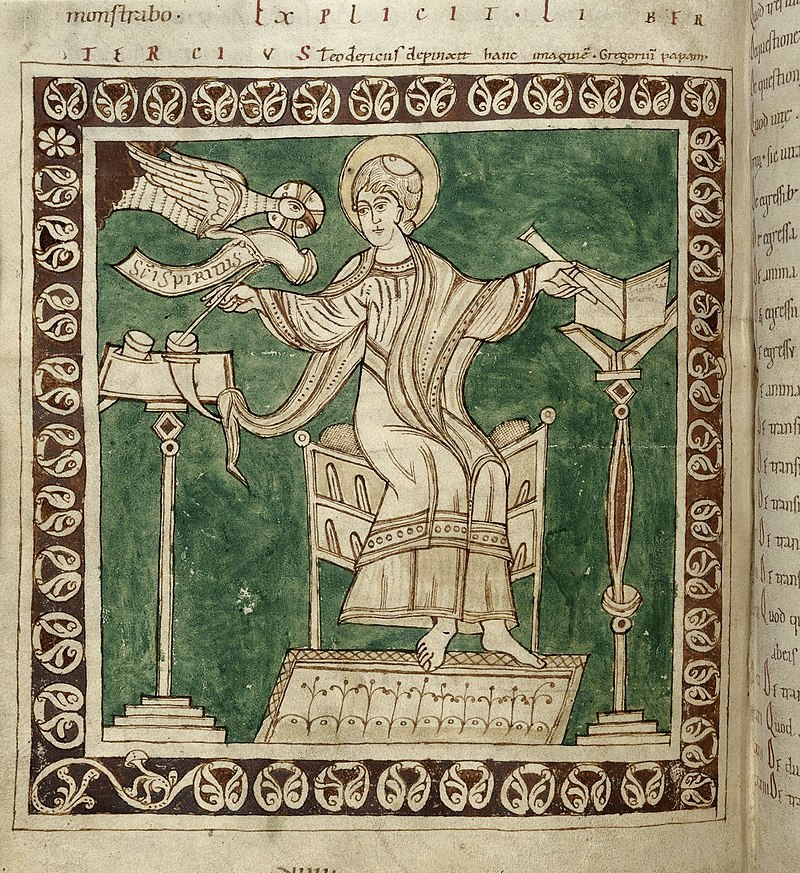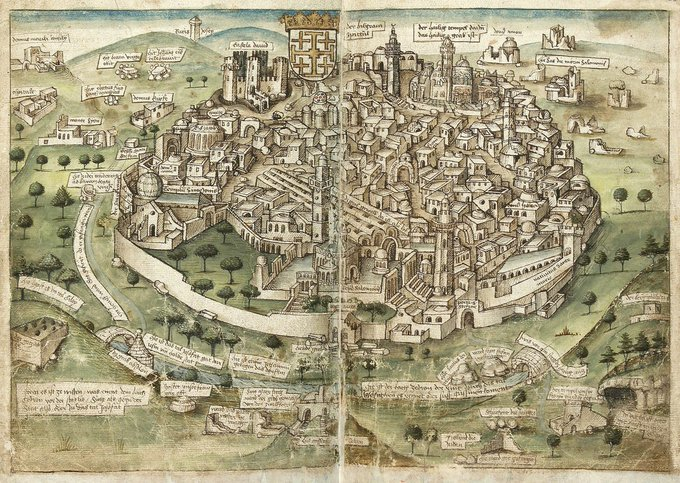Today, let's talk about the Teutonic Order. My personal favorite of knightly orders as well.
Unlike the other orders such as Hospitaller or Templar, this order was almost exclusively military Let's dive into the Teutons and their history. 🧵
Unlike the other orders such as Hospitaller or Templar, this order was almost exclusively military Let's dive into the Teutons and their history. 🧵

The Teutonic Order of Knights, also known as the Order of Brothers of the German House of Saint Mary in Jerusalem, holds a remarkable history that spans centuries.
Its primary objective was to provide medical care and assistance to pilgrims in the Holy Land.
Its primary objective was to provide medical care and assistance to pilgrims in the Holy Land.

The Order was founded in 1190, during the Third Crusade by Grand Master Heinrich Walpot von Bassenheim.
In 1198, Pope Innocent III recognized the Teutonic Order as a religious military order, granting them the right to bear arms and engage in defensive warfare.
In 1198, Pope Innocent III recognized the Teutonic Order as a religious military order, granting them the right to bear arms and engage in defensive warfare.

The Teutonic Knights' rise to fame came with their relocation to the Baltic region in the early 13th century. They established a stronghold in the region and dedicated themselves to converting pagans to Christianity, protecting the borders, and expanding the Christian domain. 

The Order's military prowess led to the formation of the State of the Teutonic Order, known as the Teutonic Knights' State or the Monastic State of the Teutonic Knights. It became a significant power in the Baltic region, with its own territory, administration, and vassals. 
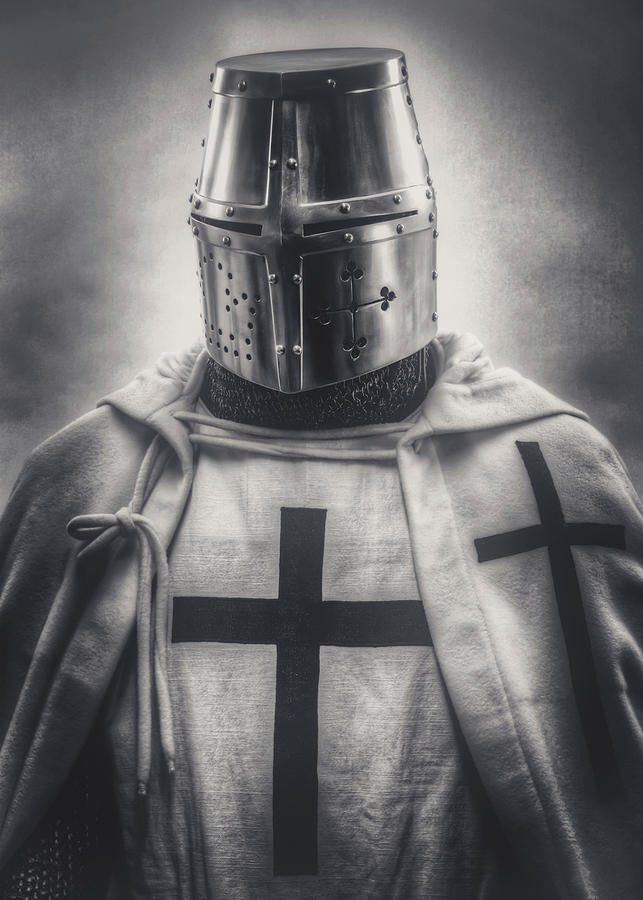
The Teutonic Knights became renowned for their distinct white mantle adorned with a black cross. This emblem came to symbolize their dedication to the faith and their military endeavors. The black cross on white became synonymous with the Order's identity. 

One of the most famous battles involving the Teutons was the Battle of Lake Peipus in 1242, which would later come to be more commonly known as the "Battle on the Ice".
The Battle on the Ice occurred during the Northern Crusades. (cont)
The Battle on the Ice occurred during the Northern Crusades. (cont)

The Northern Crusades were a series of military campaigns undertaken by the Teutonic Knights and other Christian forces to subjugate pagan tribes in the Baltic region and convert them to Christianity. 

The Teutonic Knights had been expanding their territory in the Baltic, encroaching upon the lands of the Novgorod Republic, a powerful city-state in what is now northwestern Russia. 

The Novgorod Republic, led by Prince Alexander Nevsky, sought to defend its lands and resist the Teutonic Knights' advances. The stage was set for a decisive clash on the frozen Lake Peipus, near the modern-day border between Estonia and Russia. 

The battle began with the Teutonic Knights launching a ferocious assault, hoping to exploit their superior cavalry and heavy armor. However, the frozen lake surface proved treacherous for their mounted troops, hindering their mobility and rendering their advantages less effective 

As the battle raged, the ice surface weakened under the weight of the armored knights and horses. This proved disastrous for the Teutonic Knights, as the ice began to break, causing chaos and hindering their movements further. 
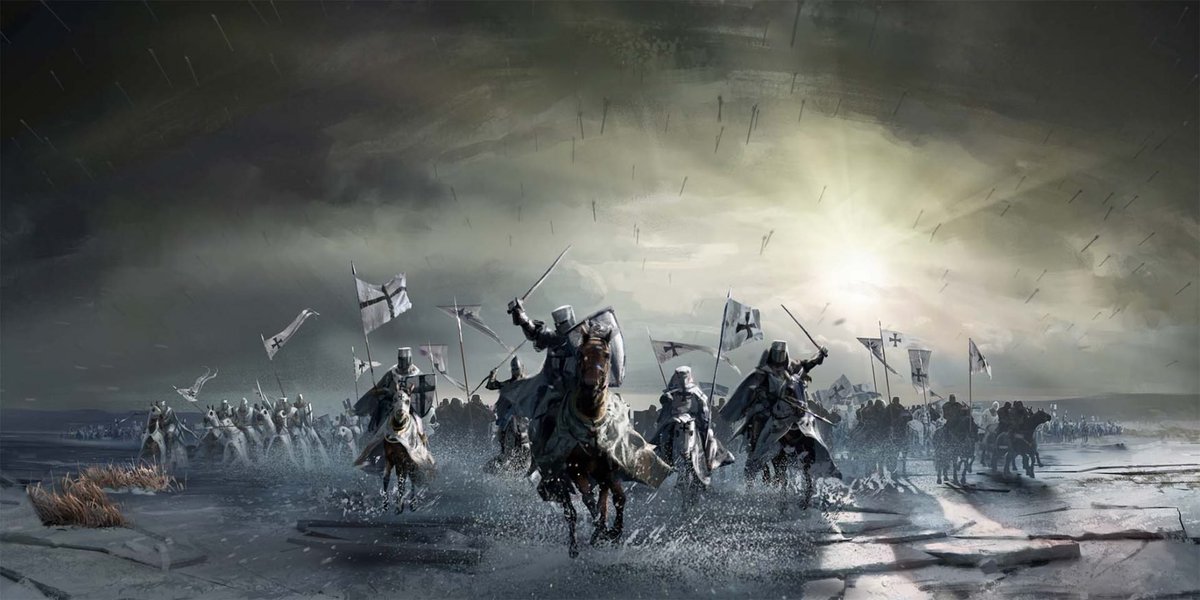
The battle was a resounding victory for the Novogrod Republic. Resulting in the retreat of the Teutonic order from their lands and laying down all claims to lands in modern day Russia. 
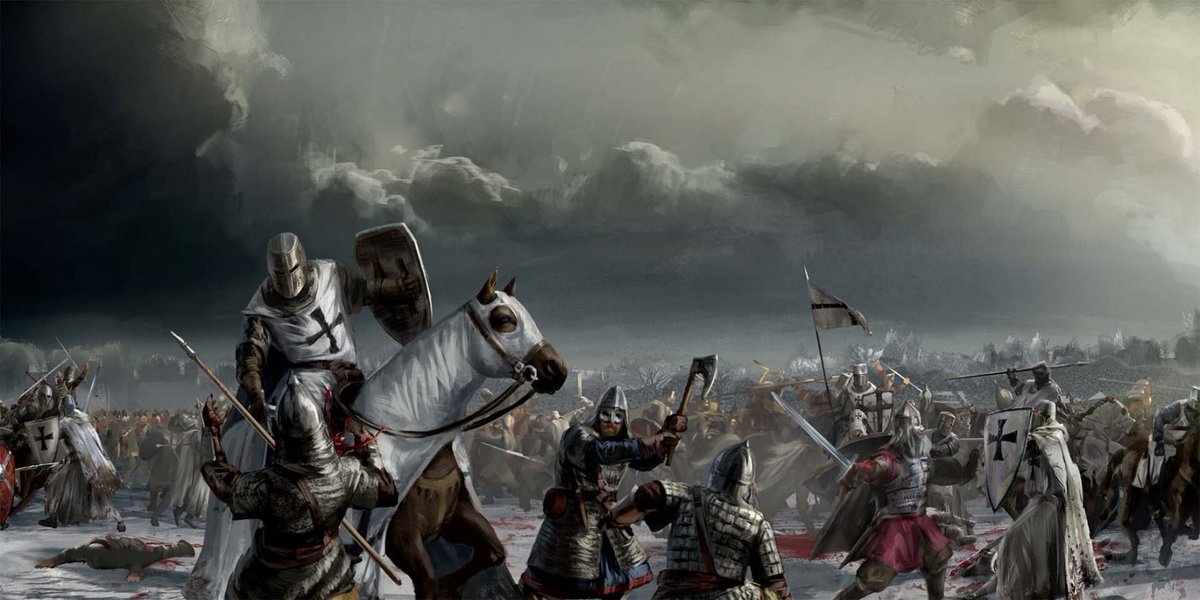
One of the most notable events in the history of the Teutonic order was the Conquest of Prussia in the 13th century. Over the course of decades The Teutonic Knights embarked on a systematic process of Christianization and colonization in Prussia. (cont) 
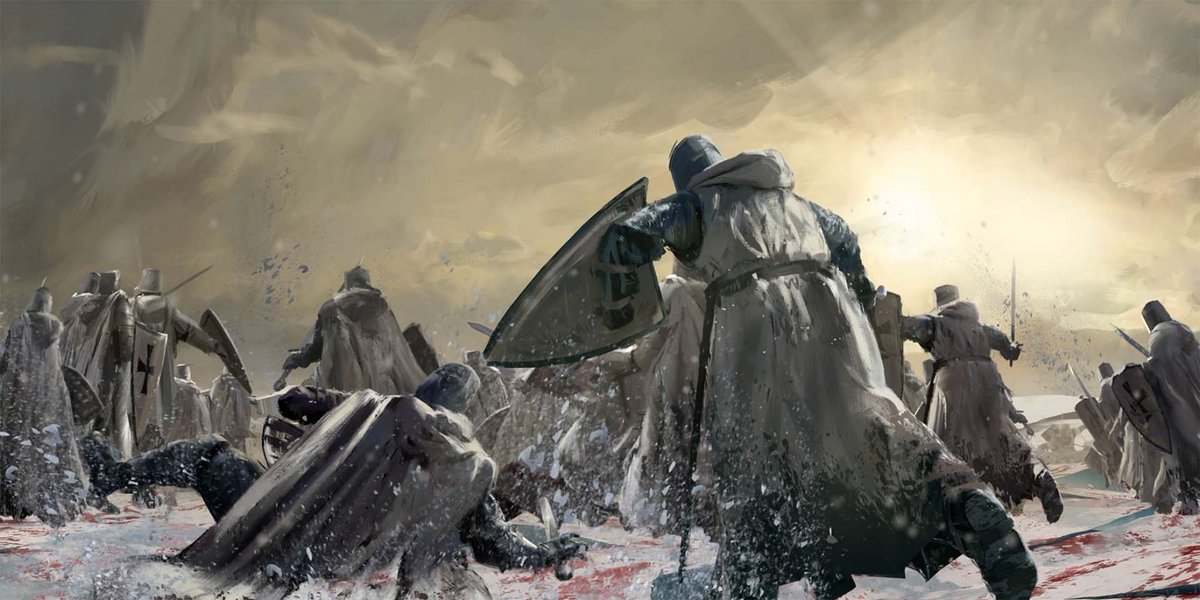
They established fortified castles, known as Ordensburgen, to consolidate their control and convert the local population. German settlers were encouraged to migrate to the region, contributing to the Germanization of Prussia. 

The Battle of Grunwald in 1410 proved to be a turning point for the Teutonic Order. The alliance of Polish and Lithuanian forces dealt a crushing blow to the Knights, effectively ending their territorial expansion and diminishing their influence in the region. 

Over time, the Teutonic Order shifted its focus from military conquest to charitable works, education, and healthcare. They established numerous hospitals, schools, and orphanages, leaving an indelible mark on the communities they served. 
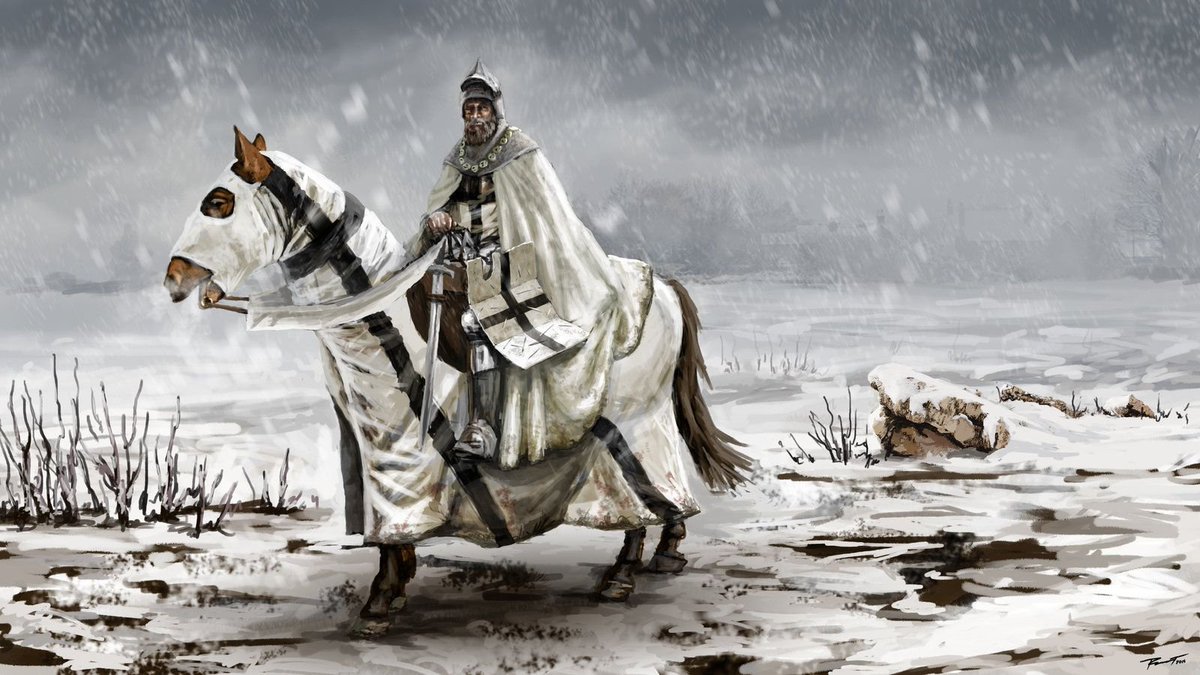
Despite the decline of their political and military influence, the Teutonic Order continues to exist as a Catholic religious order to this day. They embrace a commitment to spirituality, charitable acts, and preserving their rich heritage. 

The story of the Teutonic Order of Knights is one of dedication, valor, and adaptation. From humble beginnings as a small group of crusaders to a formidable military force and later an order focused on service, their legacy endures as a testament to the enduring power of faith. 

I hope you enjoyed today's thread on the Teutonic Knights!
If you enjoyed and wish to support me, anything is appreciated! From a follow to a retweet and anything else.
Thank you for reading! Have a great rest of your day or night.
If you enjoyed and wish to support me, anything is appreciated! From a follow to a retweet and anything else.
Thank you for reading! Have a great rest of your day or night.
• • •
Missing some Tweet in this thread? You can try to
force a refresh


